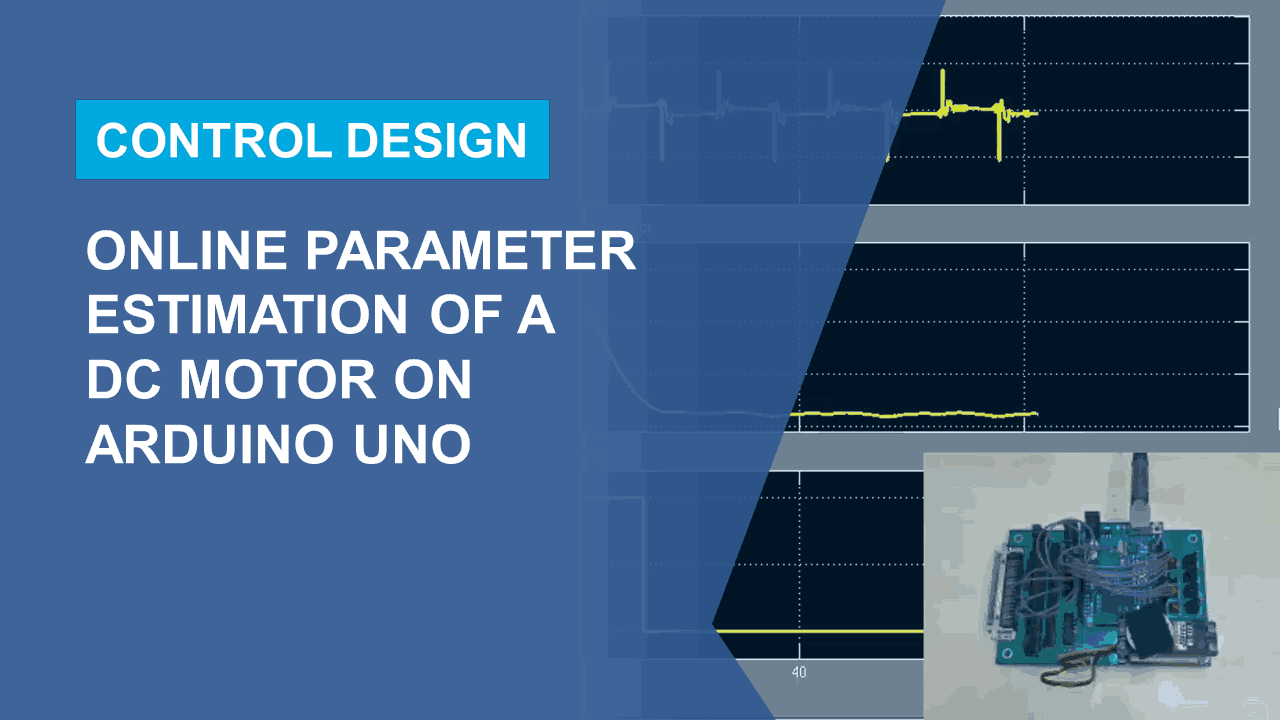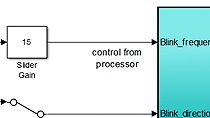Simulink Fault Analyzer Essentials, Part 2: Define and Model Faults with Simulink Fault Analyzer
From the series: Simulink Fault Analyzer Essentials
You can use Simulink Fault Analyzer™ to inject faults and other abnormal behavior without dirtying your Simulink® models. Faults can have complex behavior, such as noise and signal delays. You can also configure faults to be triggered based on simulation time or based on a system condition.
Published: 23 Aug 2023






